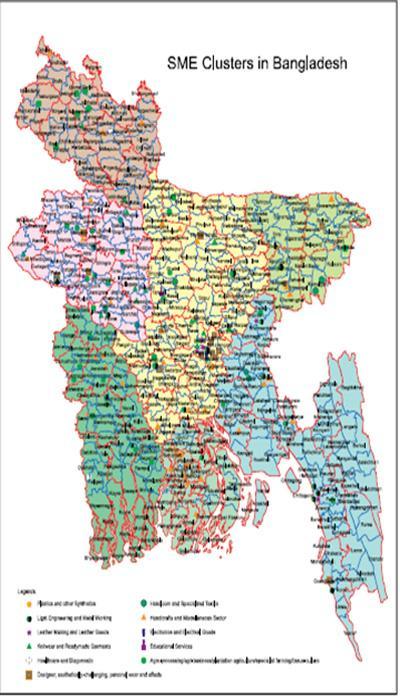Best 10 Necklaces for Women
Best 10 Necklaces for Women 1. bamoer Sun Coin Pendant Neckalce for Women Gold Color Genuine 925 Sterling Silver Chain Necklaces Collier Fashion Jewelry SCN353 [caption id="attachment_2782" align="aligncenter" width="800"] bamoer Sun Coin Pendant Neckalce for Women Gold Color Genuine 925…
Read More











 by
by